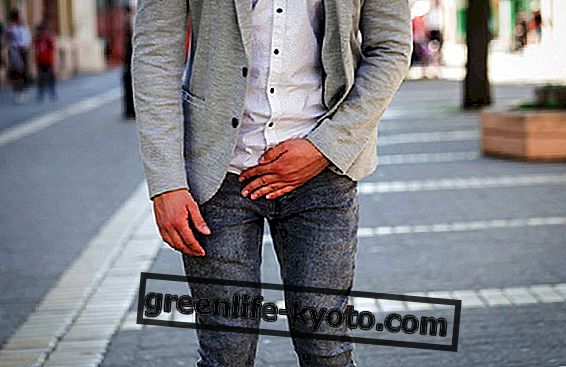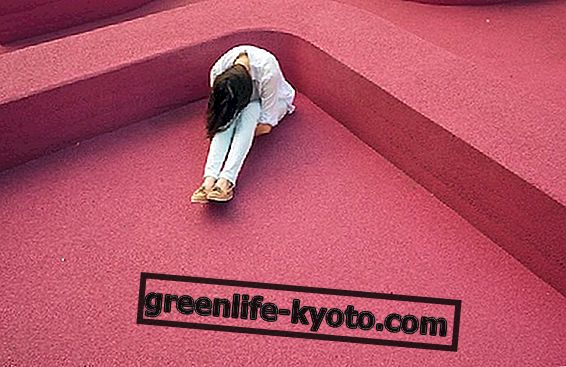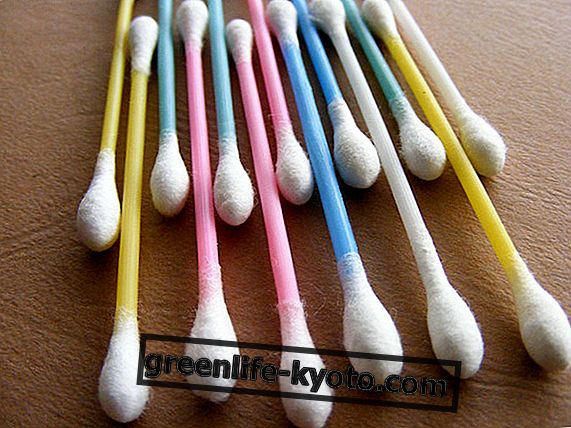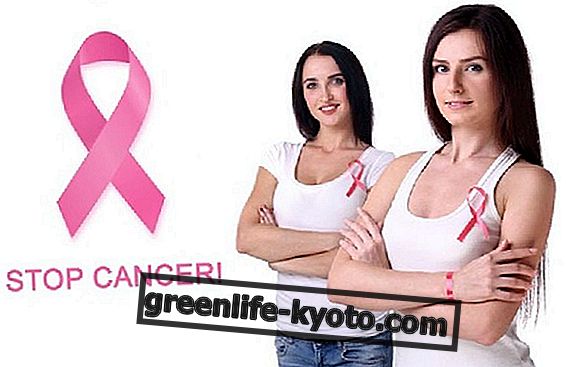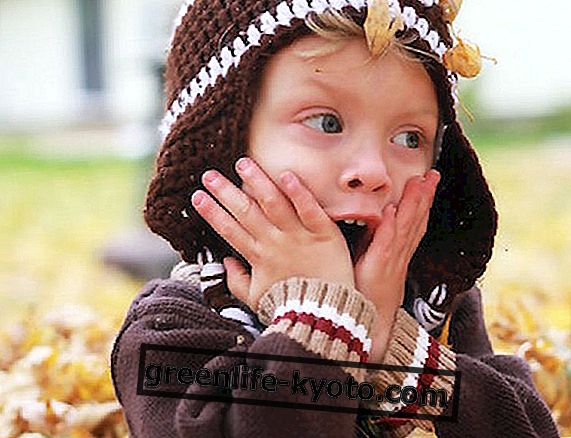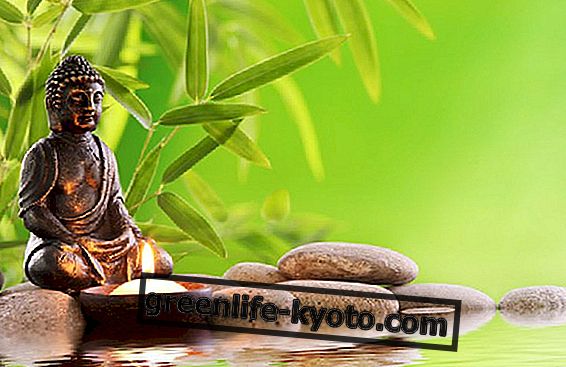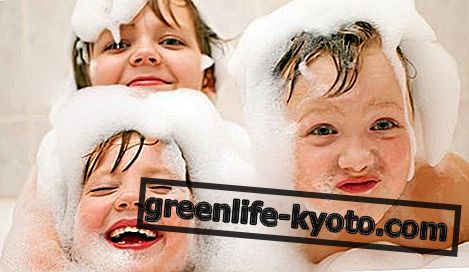Reiki uses a particular type of energy to restore health and induce relaxation and well-being. Let's find out better.
>
>
>
>
>

What is reiki
Reiki is a simple technique that uses a particular type of energy in order to restore health and induce relaxation and well-being. The word Reiki indicates the Universal Vital Energy . It is defined as that force that operates and lives in all things of creation. The word is of Japanese origin and consists of two parts.
The syllable Rei describes the universal unlimited aspect of this energy. While Ki is a part of the Rei, it is the life force that flows through everything that lives. It seems, with these statements, to enter a side that is foreign to science. In reality, modern physics itself confirms this perspective. Everything is charged with energy and tends to release it.
The ancient traces of Reiki seem to come from Sanskrit texts found in a Zen temple by Mikao Usui, a samurai and Japanese theologian, but recoveries with Reiki in the northern areas of India and Tibet are also reported in sutra texts. An Indo-Chinese-Tibetan multi-ethnic origin therefore seems very likely. In the West, Reiki was introduced by Hawayo Takata. Differences exist between Eastern and Western Reiki.
Benefits and contraindications of reiki
The versatility of the Reiki techninca has as its main strengths the extreme simplicity, with the consequent ease in learning, the immediate verification of its possibilities, the powerful rebalancing action that is felt on an emotional and mental level and the absence of contraindications .
Physically, Reiki stimulates the elimination of toxins by alleviating acute and chronic pain, improves the immune system, balances the sleep-wake cycle, appetite and promotes muscle relaxation.
Find out who the Reiki Master is and what it does
For those who are useful
The psychophysical relaxation effect of Reiki is suitable for disorders such as anxiety, stress, malaise, insomnia and acute pain. Some experimental researches confirm satisfactory results obtained in the therapy of phono-articulatory, respiratory and oncological pathologies. Several scientific confirmations come from these therapeutic uses.
In general, Reiki is aimed at those who want to know the nature of this energy and be part of a system larger than man himself.
The law in Italy and abroad
Besides individual use, Reiki can be exercised by a professional, the Reiki master. The aspiring master can be trained in one of the Reiki courses, on three levels, supported by local associations.
The first of these levels allows for basic treatments consisting of a series of hand positions on the recipient's body.
In the second level, the aspirant Reiki master extends his way of working with energy, thanks to the help of symbols, implementing a remote intervention and other technical specifications.
The third and final level allows the healer to learn cleaning, scrubbing, pulsation and percussion techniques which, in fact, consecrate him as a Reiki master. In Italy, the Italian Reiki Association is fundamental.
In other countries, Reiki has other facets. In the United States, for example, Reiki is a recognized medical treatment available to patients within health facilities.
Curiosities about reiki
Mastering energy and exploiting it for one's own purposes can also include attention and care for one's animals and plants . Reiki is used for the care of small domestic animals, especially mice and aquarium fish, and for the care of one's garden.
Reiki treatments: instructions for patients
Other articles on Reiki:
> Experiences of creative energy with Reiki
> Shoden, the first level of Reiki
> How much does a Reiki treatment cost?
